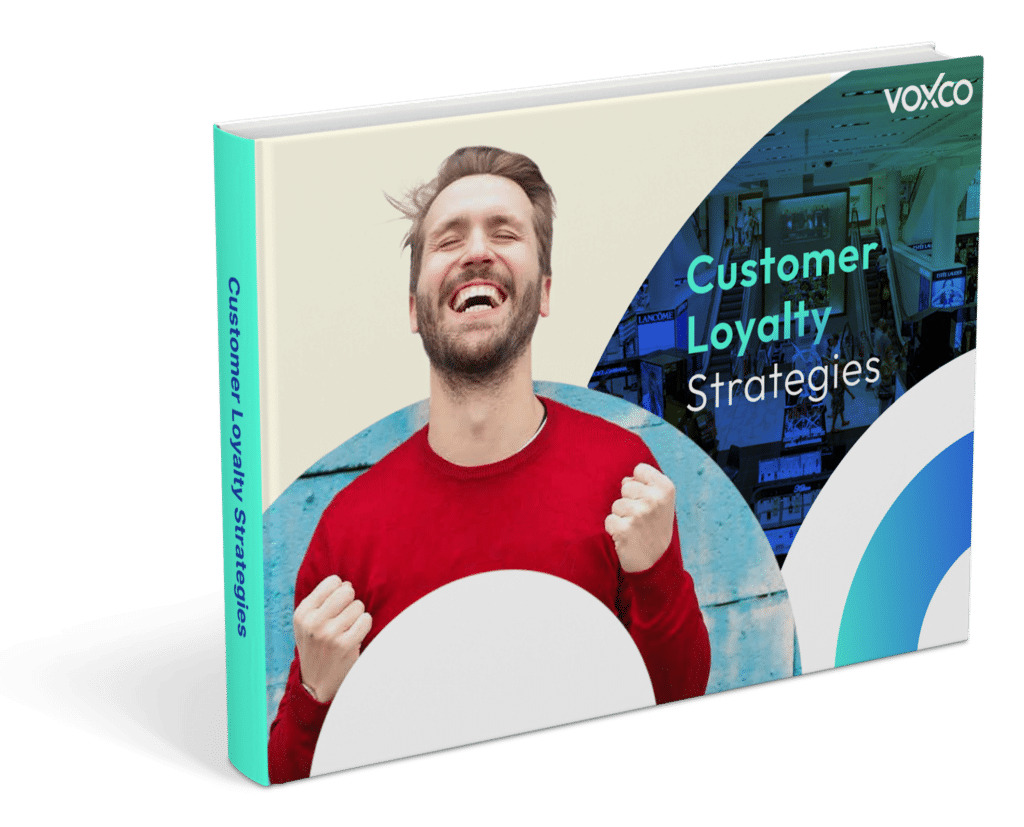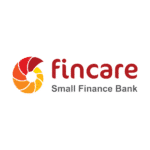Leveraging the power of machine learning and alternate data to manage risk
___
Risk Management
Quantifying, predicting and managing risks is most critical to ensure a healthy P&L and solvency for lending and insurance businesses. Regulators in these industries also mandate robust risk management practices and quantitative estimation of risk so that adequate provisions and capital are set aside to cover both expected and unexpected loss.
We understand that data driven strategies and machine learning are key tools for building robust risk estimation and prediction tools. Development of cutting-edge risk analytics tools is predicated upon the use of alternate data and effective machine learning methods.
Risk Management @ Voxco Intelligence:
- Usage of alternate data images, location, text, sensors
- Leveraging machine learning algorithms
- Providing explain-ability of models (LIME, Shapley Values)
- Considering the impact of risk models on risk-revenue trade-off and operational process efficiencies

Fraud Prediction
Fraud often consists of many instances or incidents involving repeated transgressions using the same method. Fraud instances can be similar in content and appearance but usually are not identical.
We leverage Machine Learning and Alternate Data to identify fraud risk. A deep learning methodology is used for identification of triggers which affect Fraud as well as utilize proprietary parameter tuning methodologies to fine tune the models.
Acquisition risk modelling and acquisition strategies
Acquisition of the right customers for any lending organization is key to profitability. Identifying higher-capacity segments allows lenders to build portfolios responsibly by targeting low-risk customers with higher growth potential.
We enable our clients to build Acquisition models for decisions on targeting, approve/reject, credit line, price and significantly improve their revenue, activation/usage and reduce costs. Our proprietary method for ‘Reject Inferencing’ is an adaptation from Bayes’ Theorem, which determines the performance of customers who have not been approved/not on books.
Risk estimation for existing customers and developing customer management strategies
Customers having multiple relationships with a lender tend to behave better and more profitably across all relationships than do customers with only a single relationship. Hence it becomes quite essential to balance between effective and efficient customer experience.
Using both traditional and advanced Predictive Analytics we help lenders to effectively assess risk of existing customers and develop customer management strategies for offers, products, and services relevant to each customer – as not all customers are equal, and efficiency is needed to balance the level of personalization with the size of the customer universe.
Collection models and collection strategies
Collections and Recovery play an important part in the lending business. Collection models are required to target customers who might go delinquent in the subsequent months and help in formulating preemptive strategies to reduce losses.
We build Collection Models which range from early stage models designed to predict roll forward rates to higher delinquency buckets, mid-stage models predicting roll forward to non-performing loans and recovery models which can estimate the expected recovery amounts of the accounts in late-stage delinquency.
Collection Modelling & Strategies
- What is the optimal mode of communication?
- What is the optimal time to contact the customer for collections?
An effective strategy using the collections score will help to minimize the collections cost, reduce the roll-forward rate and maximize the recoveries.
Macro-economic impact modelling
Macro-economic impact modeling is a technique that can help to understand how the risk level associated with a model will be impacted based on current and projected economic factors, as well as structural variables. Macro-economic factors such as increasing Unemployment Rate, Decreasing House Price Index, or Changes in GDP can have sizable impacts on underlying models especially Basel models for PD and LGD.
At Voxco Intelligence, we use a proprietary method to identify good predictors for the economic model and determine the proper lags of the economic variables used for prediction. The underlying model is then modified to take care of changes in the economy.
Optimizing risk-return trade-off
Optimization is the mathematical process of finding the best decision for a given business problem. By best, one typically means highest profit or lowest cost, within a defined set of goals and constraints.
We use open source optimization algorithms to determine the optimal risk/return trade-off, thereby increasing overall profitability of the books. We also leverage our knowledge of action-effect modeling technique to predict unknown customer reaction(s) as this can impact profitability. Optimization can be applied to determine optimal strategies for determining initial credit line/ credit line increase as well as collections and authorizations.
Building ‘Risk solutions’ within ADAPTify
Getting all the data together is the first challenge of building a risk model. ADAPTify helps address that challenge very effectively. Within ADAPTify we can build various machine learning models using simple drag-and-drop components. We also allow users to perform a financial analysis of the models instead of evaluating the models based only on predictive power. ADAPTify provides utilities like parsing of “pdf” documents and creation of features from SMS data which help users leverage newer data sources. We have created specific utilities for deriving features from credit reports, bank statements and unstructured address and contact information. ADAPTify provides a statistical utility for performing reject inference in cases where downstream bureau data is not available. The algorithm evaluation library within ADAPTify allows users to test the accuracy, discriminatory power and stability of the models post implementation.










